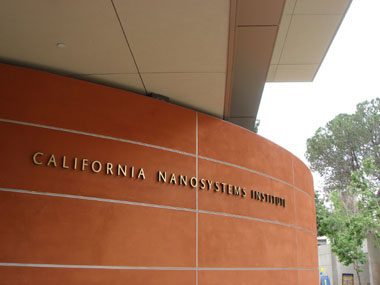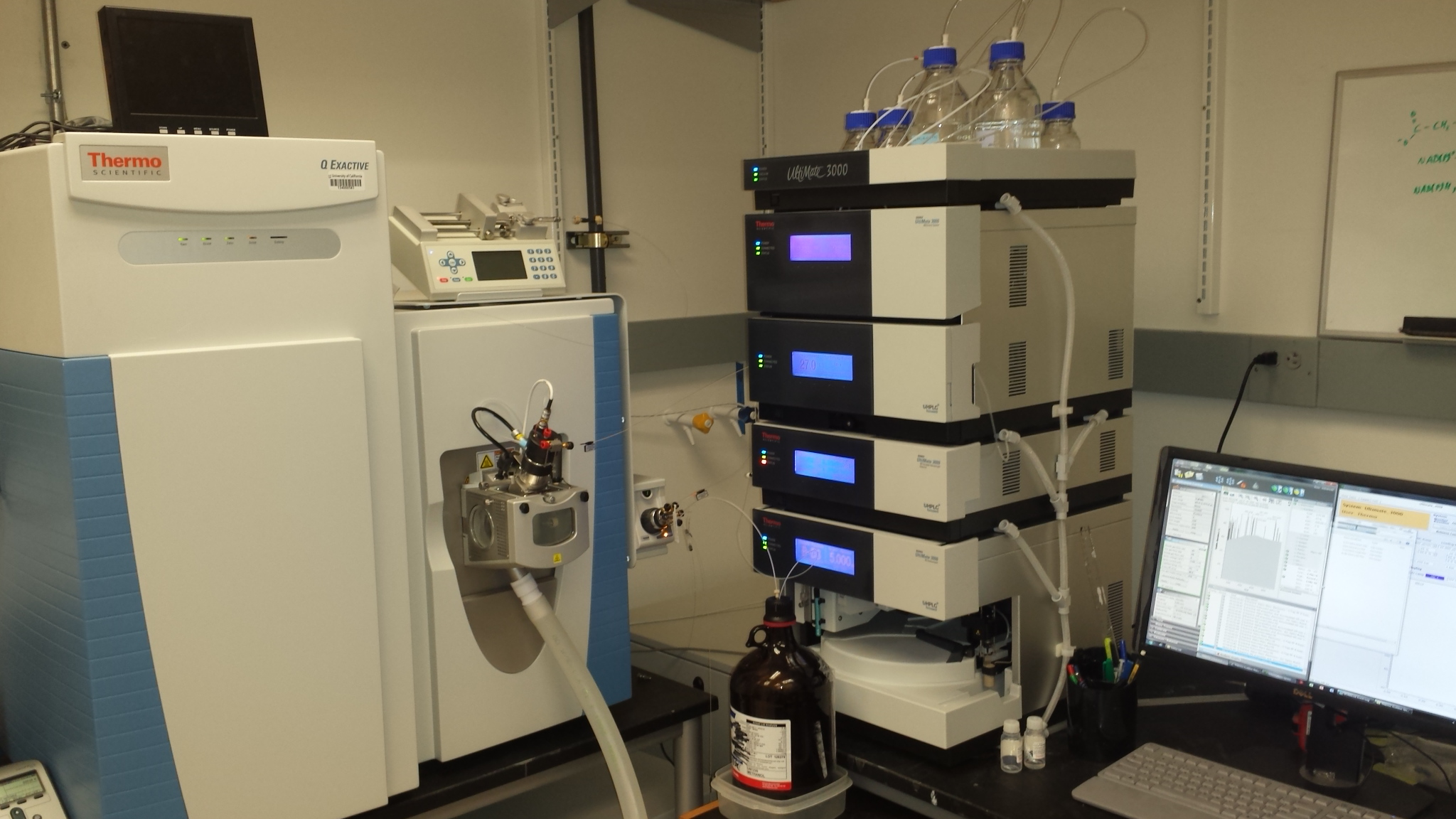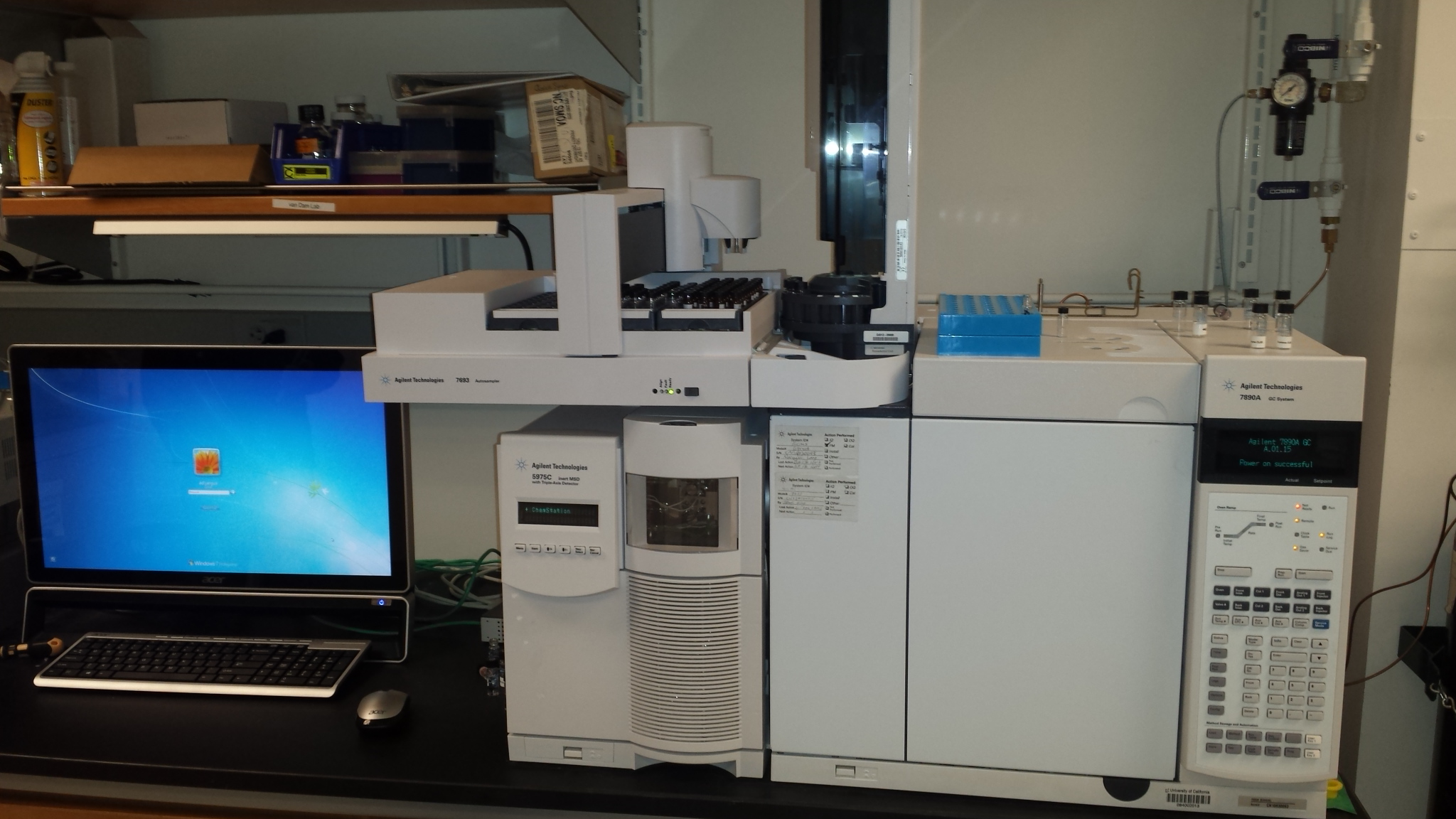UCLA Metabolomics Shared Resource

Our center has an emphasis on metabolomics, proteomics related to metabolism, and other proteomics projects. Our emphasis is on collaborative projects that push mass spectrometry-based methods forward, and on sharing these advances with faculty at UCLA and at other top-ranking universities throughout the country.
Overview of Facility History
The UCLA Metabolomics and Proteomics Shared Resource was established in the spring of 2013. The mission of the center is to develop and apply cutting-edge approaches for quantitative metabolomics and proteomics.
About our services




Our facility is collaborating with users from over 70 different labs, including 52 at UCLA, labs off campus (e.g. Caltech, Harvard, Stanford, UCSD, UCSF and USC) and labs in Europe.
The nature of the projects is very diverse, ranging from metabolite level measurements in organelles (eg. liver mitochondria) to mouse blastospheres and from determining changes in cell culture medium (metabolic footprint) to metabolic differences in blood and tumors from human brain trauma patients and transgenic mice, respectively.
For an introduction into sample preparation, our analysis pipeline and output as well as for an overview of the types of samples we have prepared previously, please click here.
Instruments




Data is collected using three state-of-the-art high mass accuracy mass spectrometers: a Thermo Orbitrap Exploris 480, and two Q-Exactive Orbitrap (Plus) mass spectrometers coupled to Vanquish Flex Binary and Duo UHPLC chromatography systems. The LCMS systems allow us to detect metabolites in full-scan mode (using a wide m/z mass range) or in SIM mode (smaller m/z windows for measurement of target metabolites with enhanced sensitivity). In addition to liquid chromatography systems, we have a Thermo Ion Chromatography System (ICS) 5000 for increased sensitivity for certain metabolites. The instruments can be run at 480K and 140K resolution, respectively. This, for example, allows us to distinguish 13C-labeled metabolites from 15N-labeled or 18O-labeled metabolites in the same sample. In addition, the instruments can perform fragmentation of selected ions, which assists in the identification/verification of metabolites.